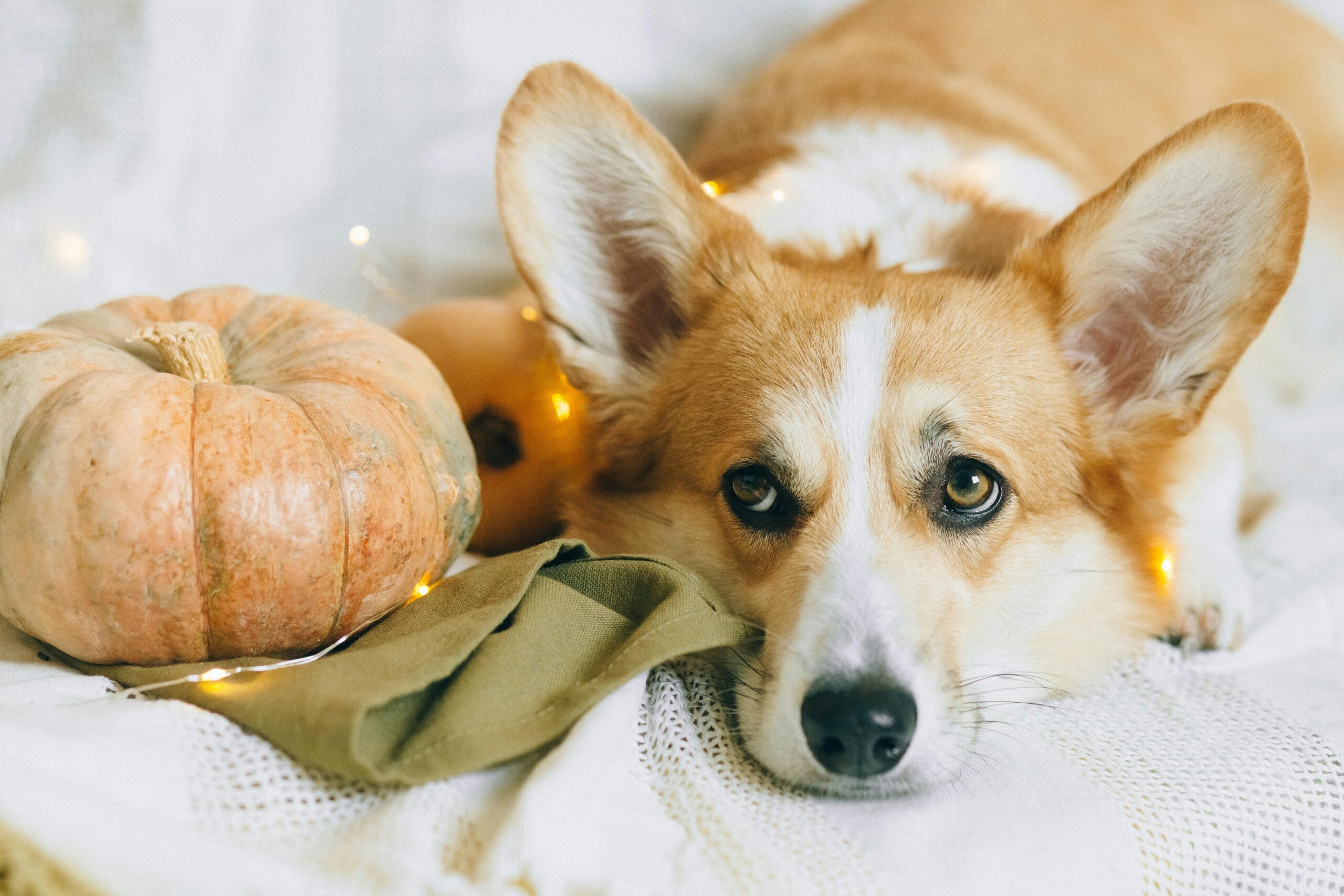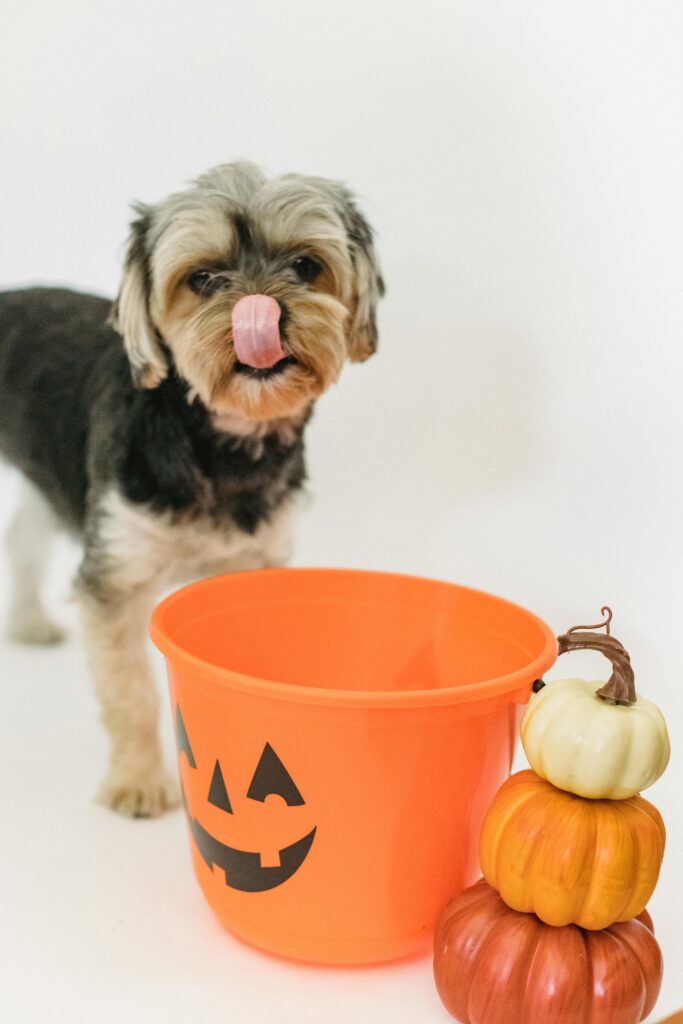Halloween is one of the most exciting nights of the year for families in Cleveland, but it can be overwhelming for dogs. From costumes and decorations to doorbells and candy, the holiday brings a mix of sights, sounds, and smells that are unfamiliar and sometimes frightening.
The good news is that with preparation and training, your dog can enjoy the festivities without fear or frustration. As a trainer, I’ve helped many owners use Halloween as a chance to reinforce obedience and create calm in the middle of chaos.
Why Halloween Can Be Stressful for Dogs
For dogs, Halloween combines many of their biggest triggers all in one evening:
- Unfamiliar costumes: Masks, capes, and face paint make it difficult for dogs to recognize people.
- Frequent doorbell rings: Excitement and barking often spike with each new visitor.
- Candy and chocolate: Tempting smells but dangerous for dogs if ingested.
- Loud noises: Fireworks, shouting, or spooky sound effects can trigger anxiety.
Dogs thrive on routine, and Halloween disrupts that routine in a big way. Preparing ahead ensures your dog stays safe and calm.
Costumes: Fun or Frightening?
Dog costumes can be adorable, but not every pup enjoys them. When introducing clothing, keep it simple:
- Start with lightweight costumes or bandanas.
- Let your dog sniff and explore the costume before putting it on.
- Reward calm behavior as you gently dress them.
- Watch for signs of stress like shaking, yawning, or trying to escape.
Never force your dog into a costume. If they’re uncomfortable, opt for a festive collar or leash instead.
Candy Hazards Every Owner Should Know
Chocolate, xylitol (found in sugar-free candy), raisins, and even some nuts can be toxic to dogs. With candy bowls often left near the door or on low tables, it’s easy for curious pups to sneak a taste.
Make Halloween safer by:
- Keeping all candy out of reach.
- Reminding kids to store their stash in sealed containers.
- Providing safe chew toys or frozen treats for your dog to enjoy while the family celebrates.
For more information on seasonal safety, the ASPCA’s dog behavior and safety guide is a valuable resource for families navigating holidays with pets.
Doorbells and Distractions
The steady stream of trick-or-treaters can make even calm dogs anxious. Practice door etiquette before the big night:
- Use place to have your dog settle on a mat when the doorbell rings.
- Reward quiet behavior instead of barking.
- Keep sessions short at first, then gradually add more repetitions.
We’ve covered impulse control before in our post on how inconsistent training confuses your dog, and Halloween is the perfect time to apply those lessons.
Creating a Safe Space
Some dogs do better in a quiet room away from the action. If you expect heavy foot traffic, set up a crate or playpen with bedding, toys, and soft music. This allows your dog to relax while the family enjoys Halloween without worry.
Cleveland Success Story
One of my clients had a Beagle named Daisy who would bark nonstop every time the doorbell rang. By practicing place training for two weeks leading up to Halloween, Daisy learned to calmly stay on her mat while trick-or-treaters came and went. Her owners were thrilled to finally enjoy the evening without chaos.
Our Basic Obedience Program includes door manners and impulse control training to help dogs like Daisy remain calm when life gets busy.
Final Thoughts
Halloween doesn’t have to be stressful for your dog. By preparing in advance, avoiding candy hazards, and setting boundaries, you can keep your pet safe and calm.
If you’d like help teaching your dog better door manners or impulse control before the holidays, our Cleveland trainers are ready to guide you. You can start by reaching out through our contact page to schedule a consultation.


